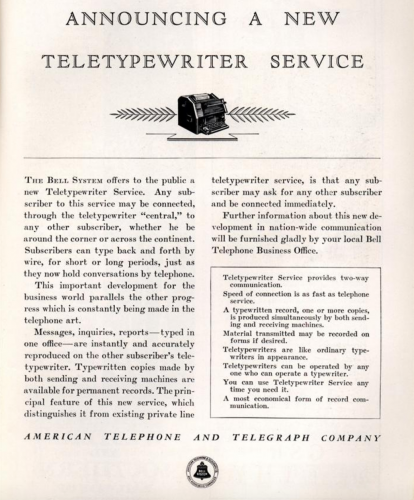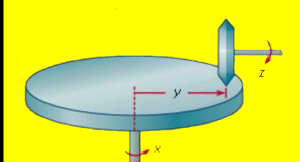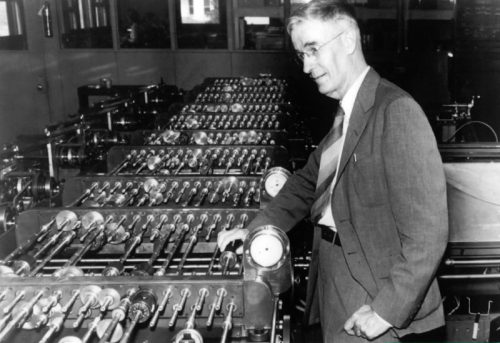We’ve talked before here about the point that most fiction seems to be about people who are lawyers, policemen, criminals, soldiers, spies, students, politicians, and noble but struggling writers. But there are indeed some works of fiction, and some vivid personal memoirs, in which business plays a central role without being portrayed simplistically or as stereotypically evil. Here are some that I like…please add your own favorites in the comments. (I posted this at Ricochet, in slightly different form, about a week ago)
The Current War, a recent movie about the late-1800s power struggle to determine which technology…AC or DC…will dominate America’s electrical distribution system. Edison, Westinghouse, and Tesla are the key characters, played by Benedict Cumberbatch, Michael Shannon, and Nicholas Hoult respectively. My review is here.
The Big Short, a 2015 film about the 2007-2008 financial crisis, based on Michael Lewis’s book. A hedge fund manager concludes that the subprime-loan market is not sustainable, and makes a billion-dollar bet against the relevant mortgage-backed securities. Based on real events. I thought it was very well done.
God is an Englishman, R F Delderfield. Following his return to England from the Crimean War, Adam Swann identifies a business opportunity: although railroads are being built throughout the country, there will always be sources and destinations of freight which are not on the tracks. Hence, the potential for a nationwide gap-filling road haulage business based on the systematic use of horse-drawn wagons. (This is the first book of a three-book series called the Swann Family Saga.) Reviewed here.
Oil for the Lamps of China, Alice Tisdale Hobart. This 1933 novel is about a young American working as a sales rep in China, focused on selling oil for his employer (unnamed, but clearly based on Standard Oil) and increasing volumes by promoting the kerosene lamp as a better alternative to traditional lighting methods. The book was the basis for a 1935 movie of the same name…the film has its moments, but overall is not worthy of the book.
Father, Son, and Company, by Thomas Watson Jr. This is the best business autobiography I’ve read. It’s about Watson Jr (the long-time CEO of IBM), his difficult relationship with his father, the company they built, and the emergence of the computing industry. It is an emotional, reflective, and self-critical book, without the kind of “here’s how brilliant I was” tone that afflicts too many executive autobiographies. I reviewed it here.
A Man in Full, by Tom Wolfe. The central character of this 1988 novel is Charlie Croker, an Atlanta real-estate developer who has gotten himself into way too much debt. Other characters include Charlie’s current and former wives, the Black mayor of Atlanta, the bankers who must deal with the debt problem, and a warehouse worker at one of the Croker enterprises. The book also casts a not-very-complimentary light on the Atlanta society/arts scene.
Trial by Fire, Stephen Buck. The adventures of a Honeywell field engineer in the early days of process-control computing. The book’s title reflects the point that the industrial processes being controlled frequently involved combustion, sometimes in scary circumstances. Much of the author’s work took place outside the US, in countries ranging from Poland to Brazil.


